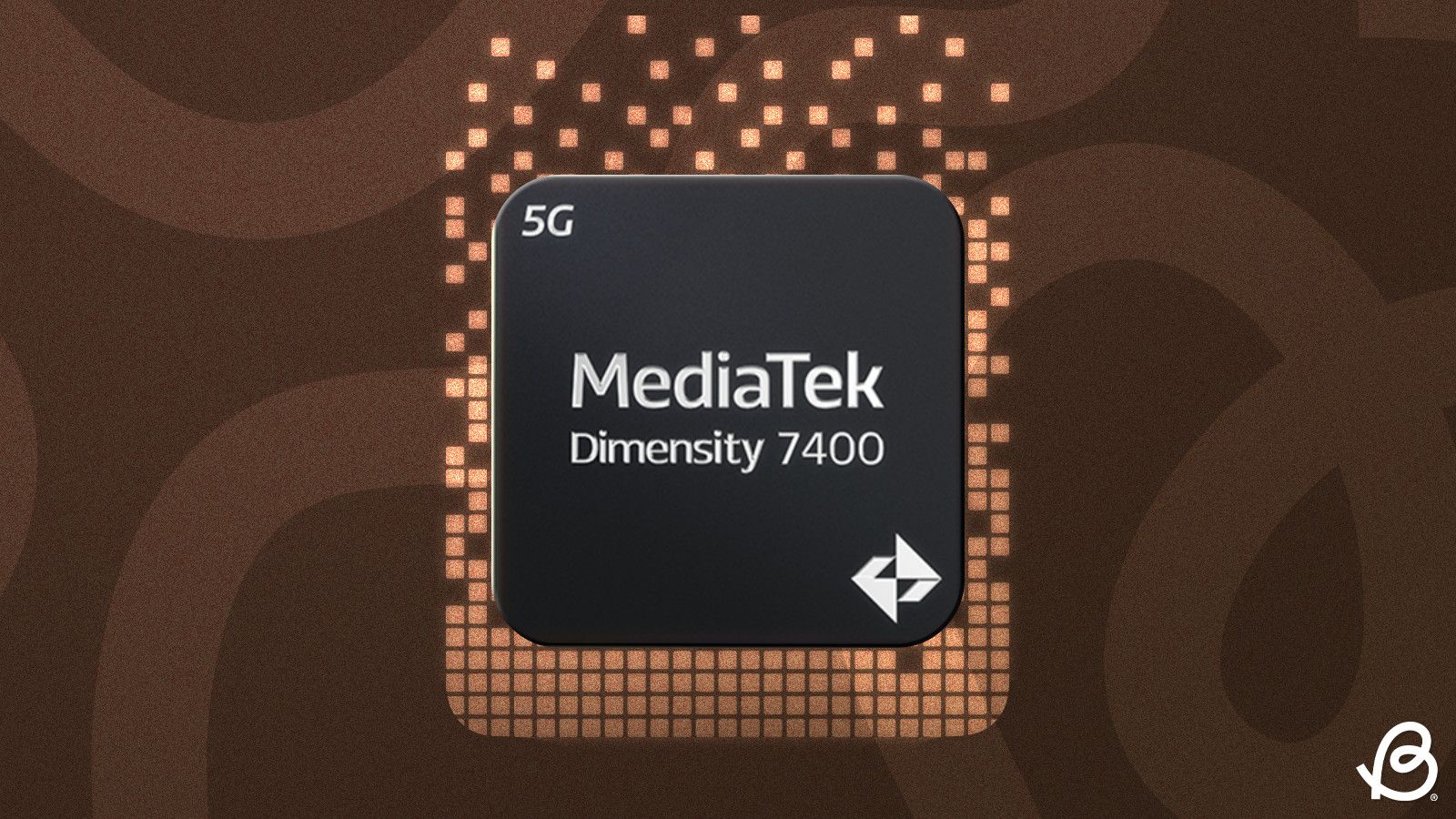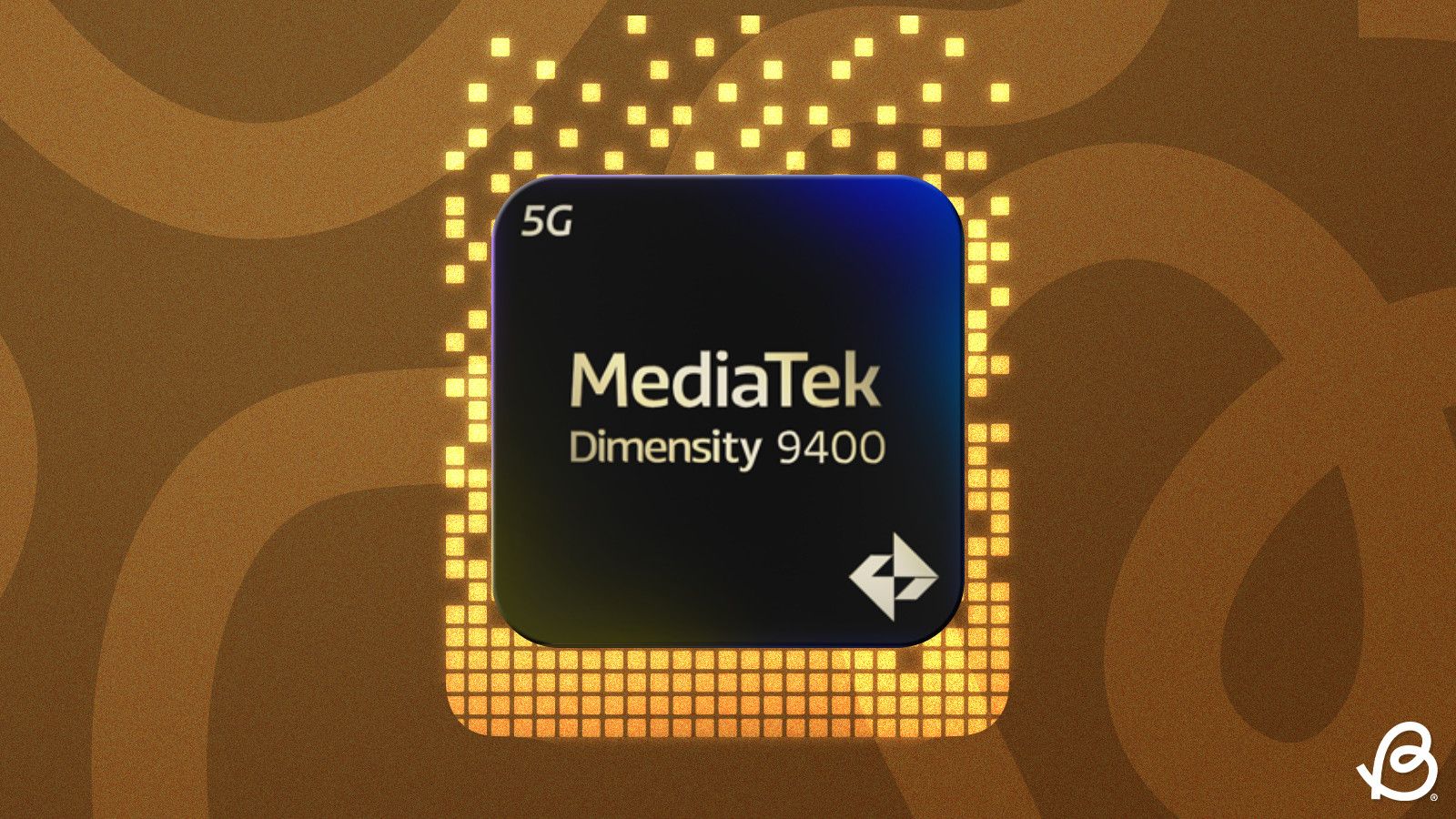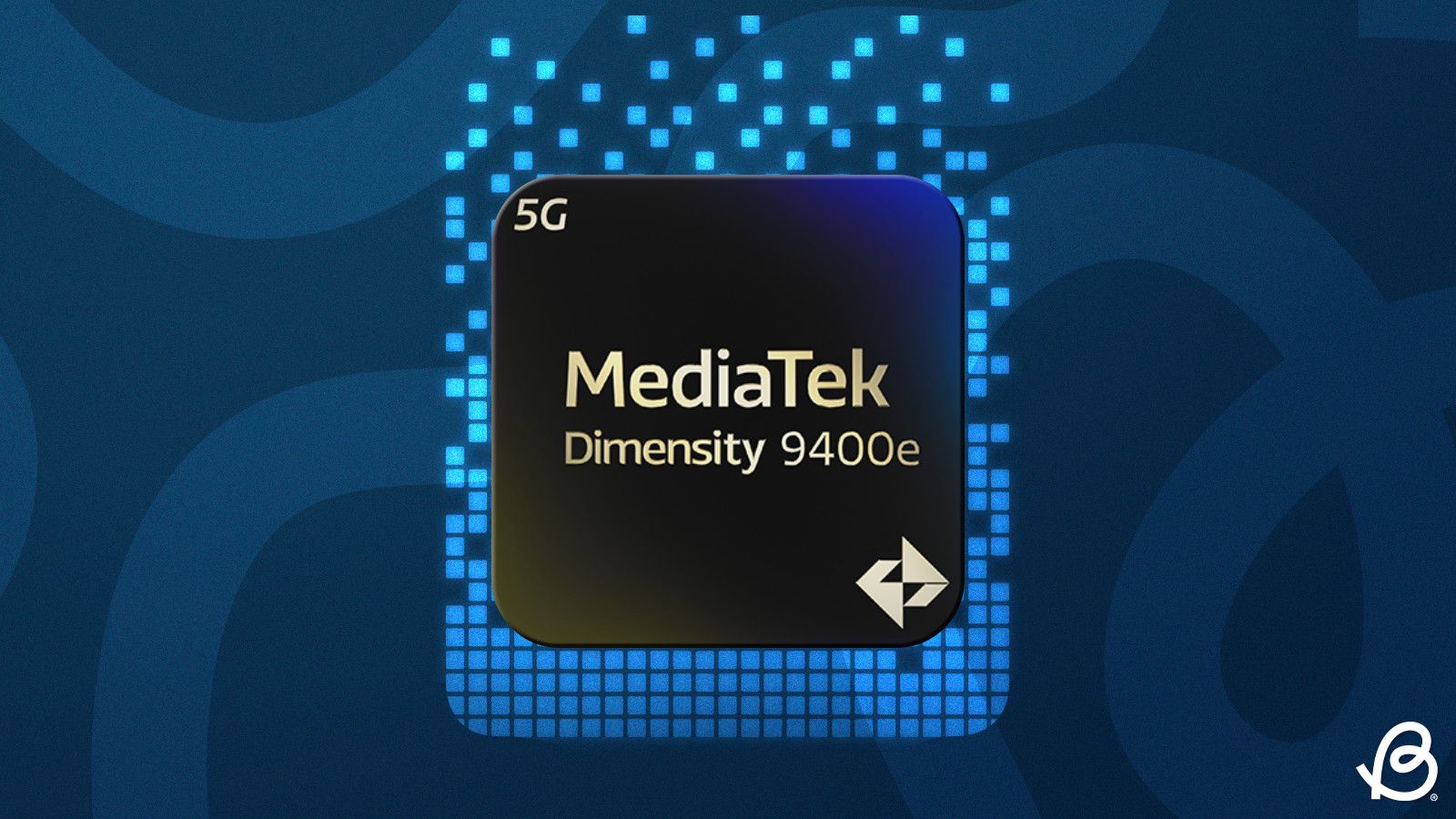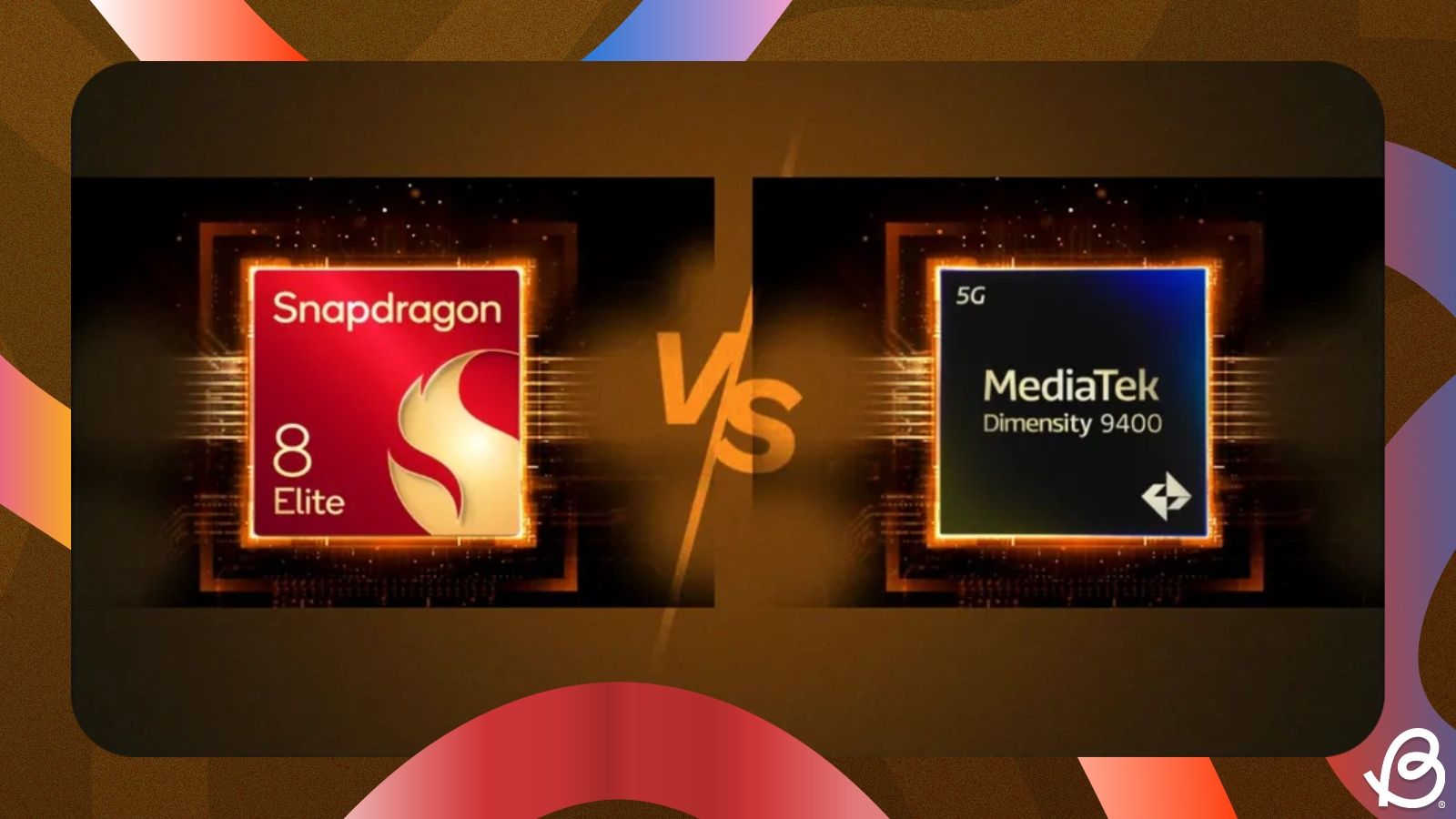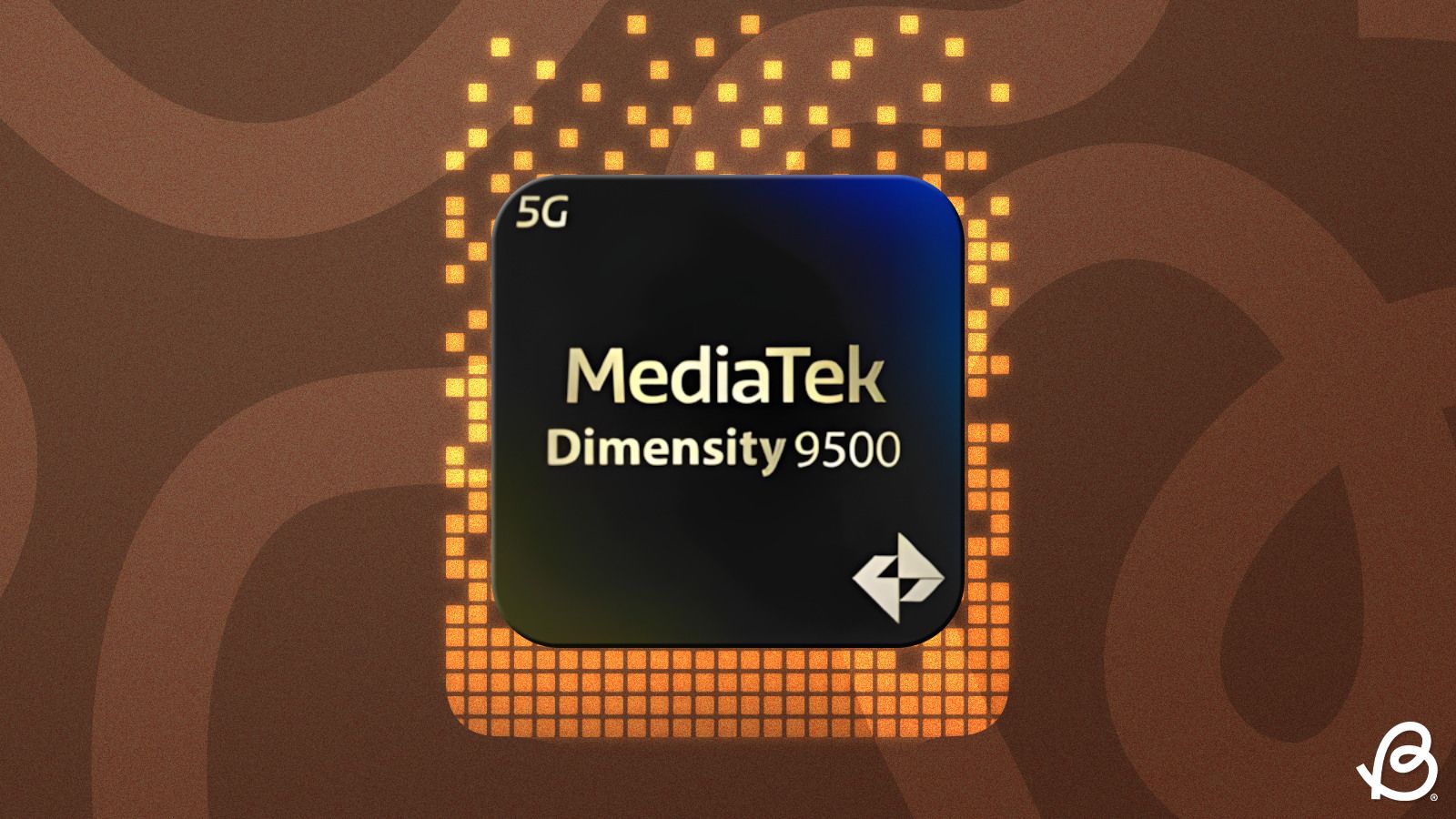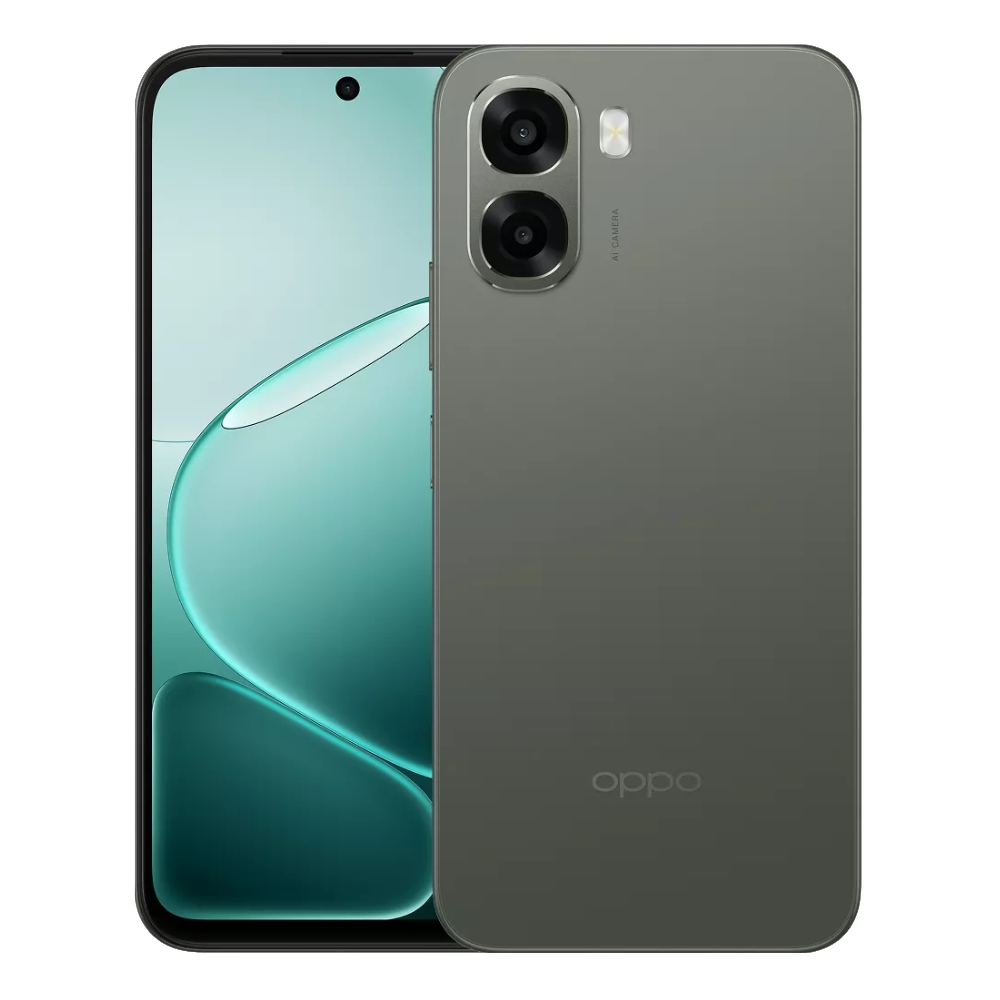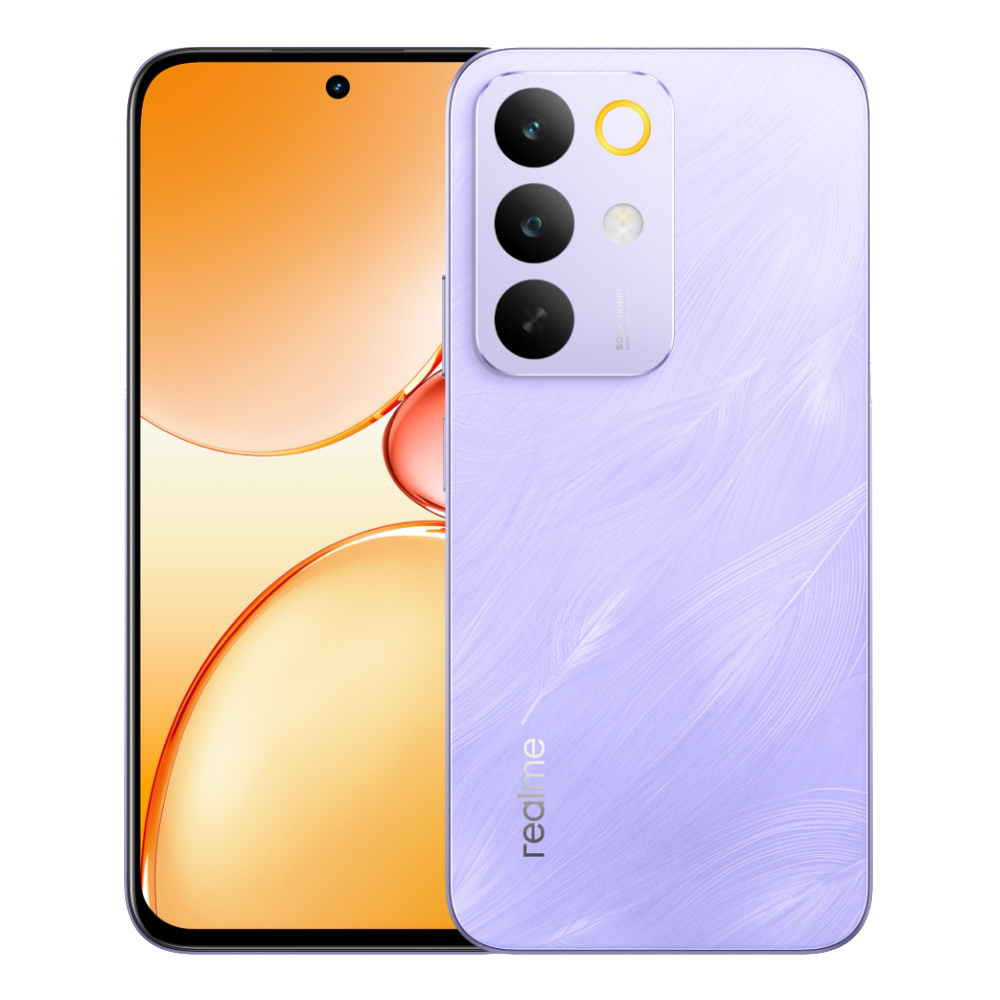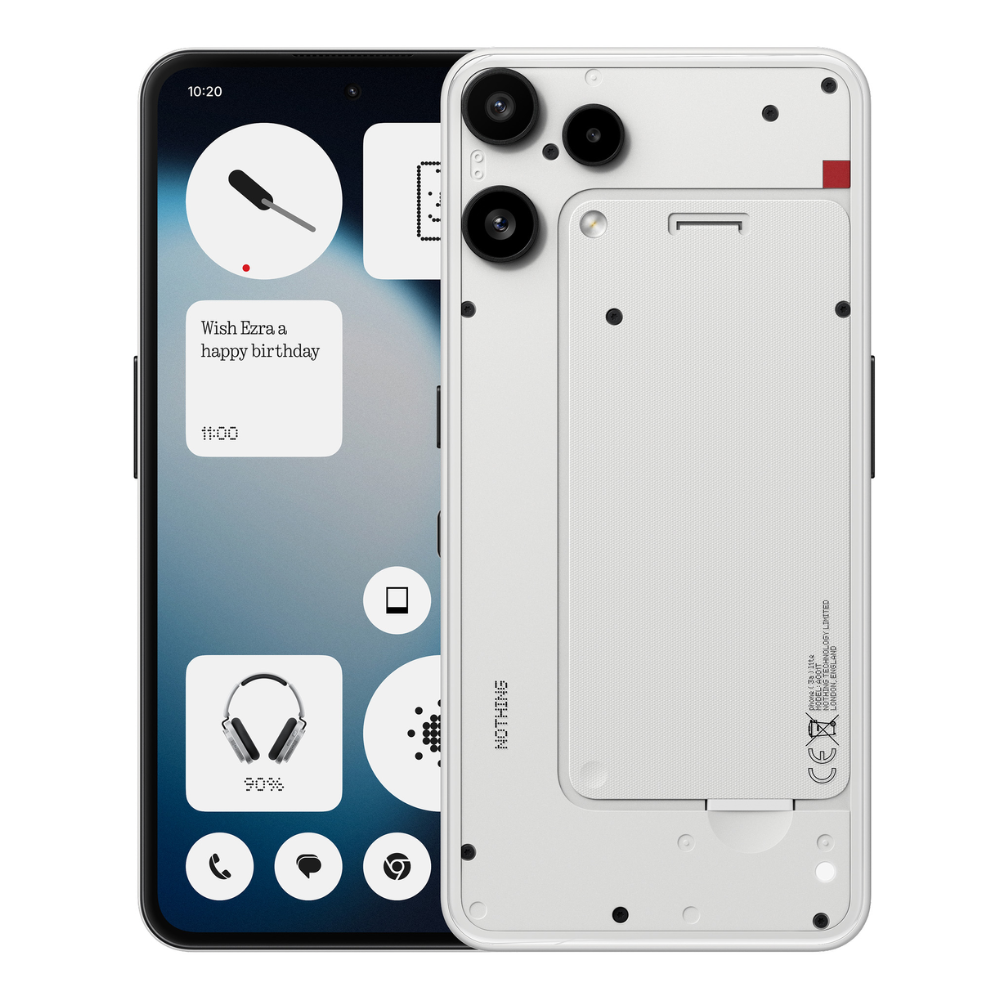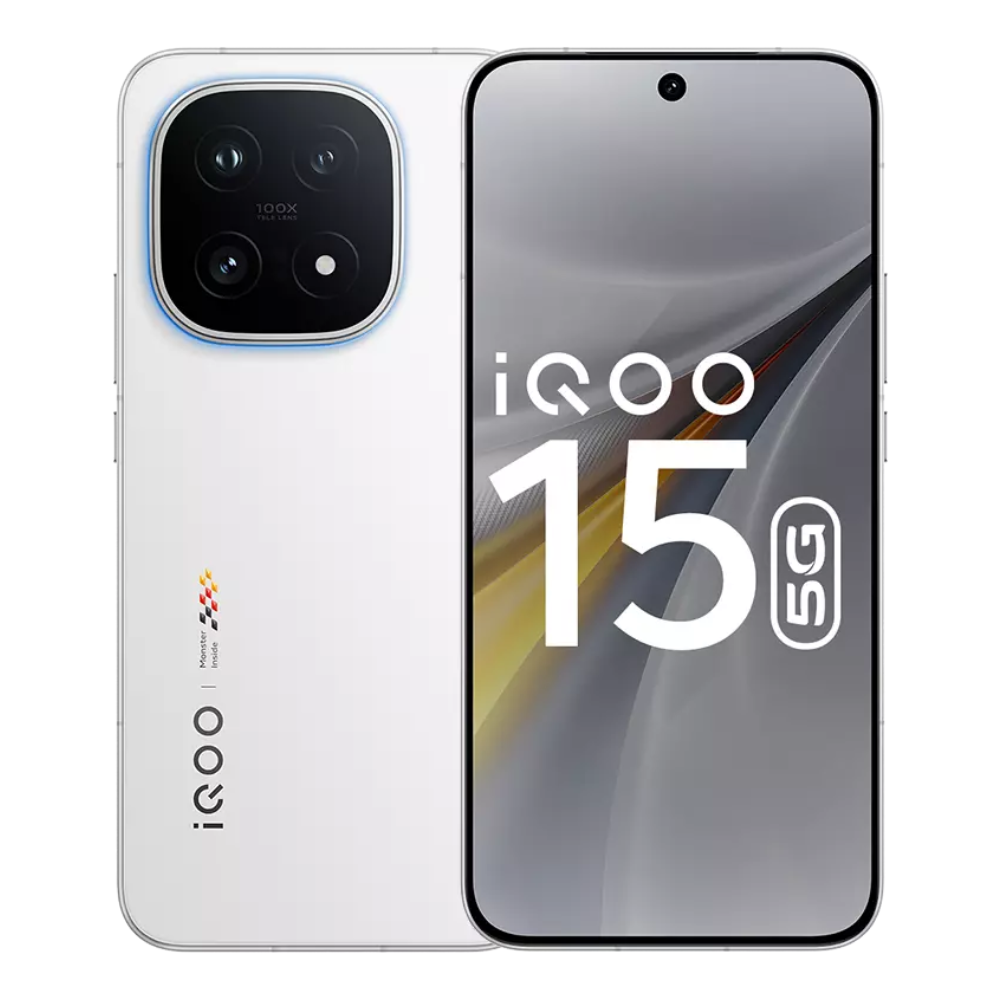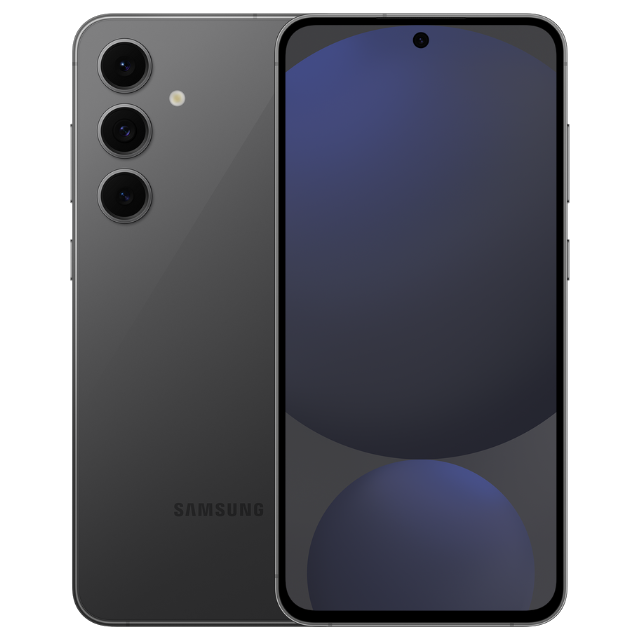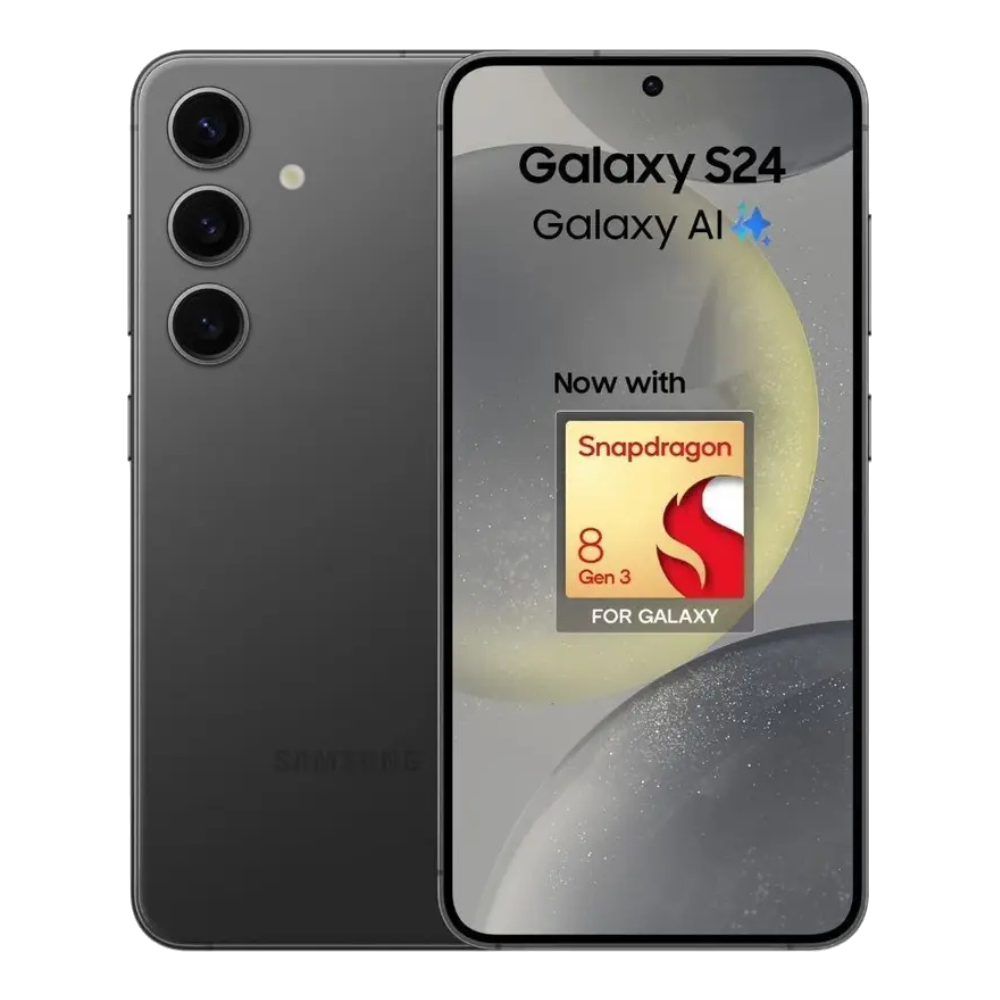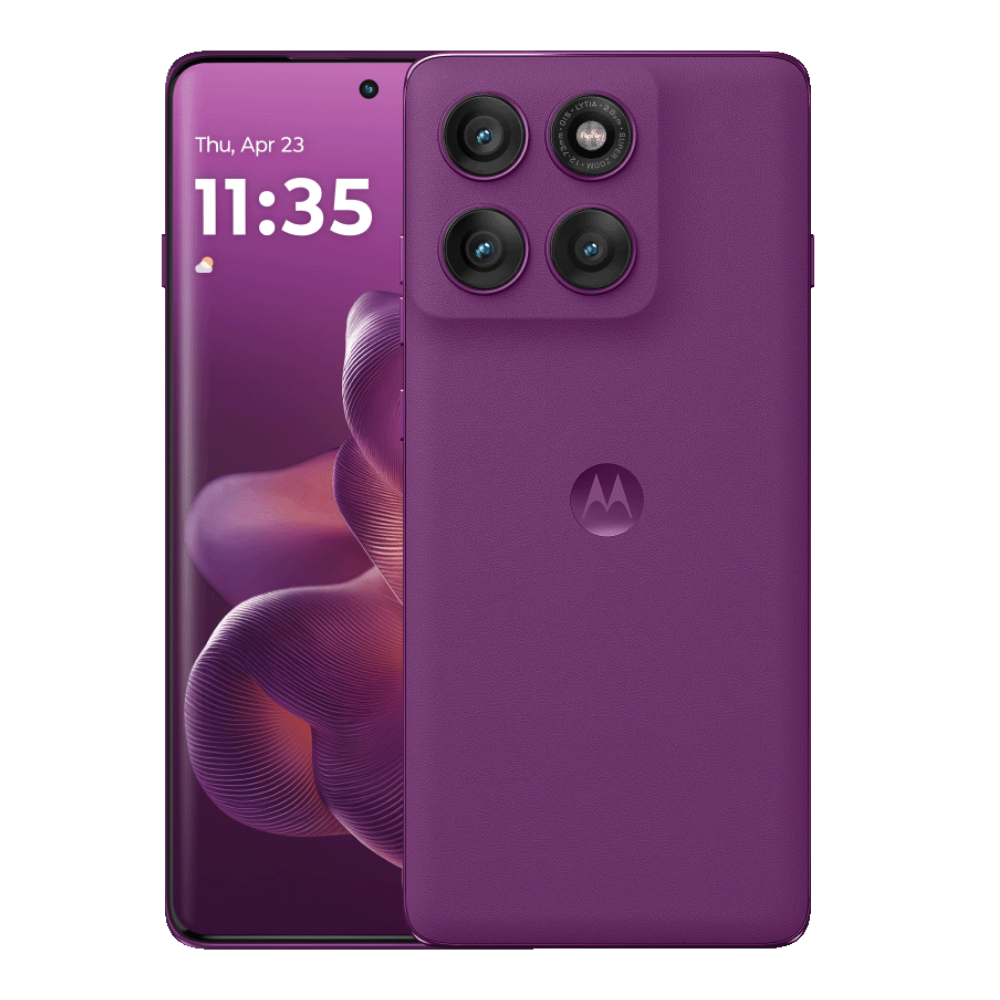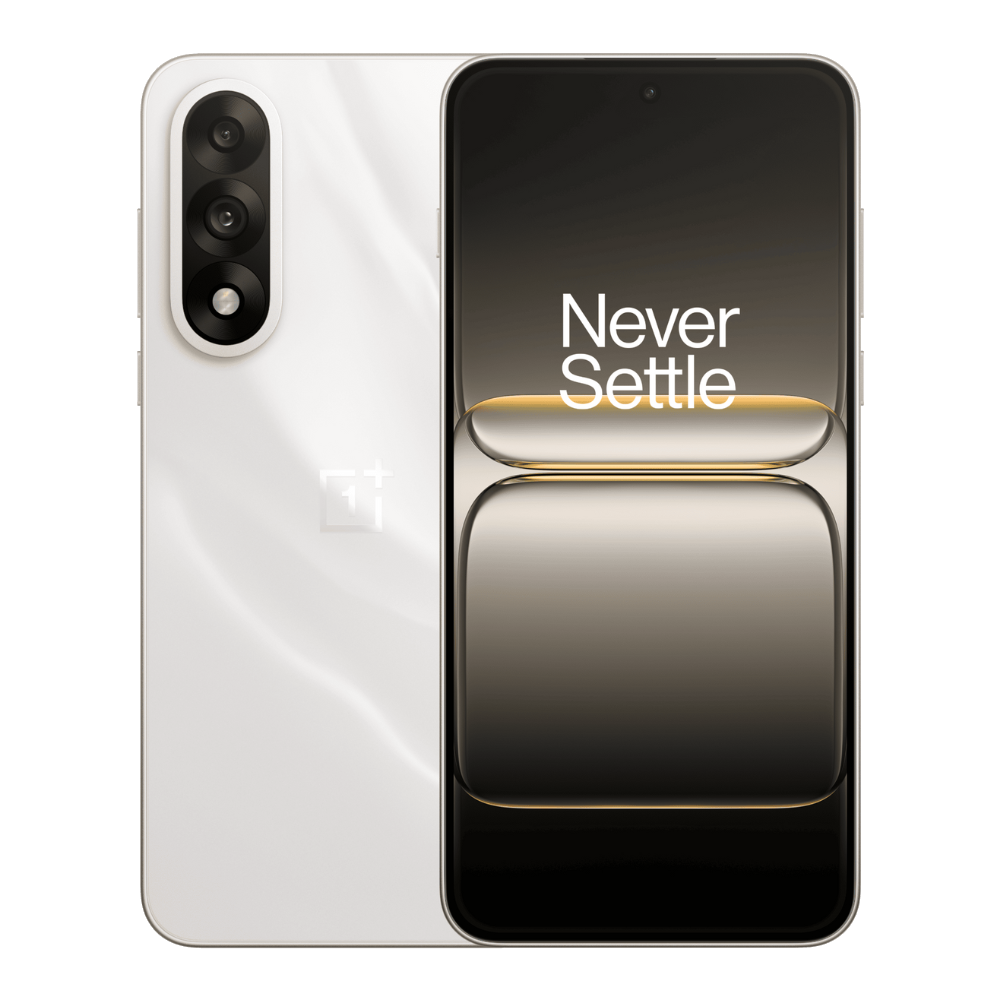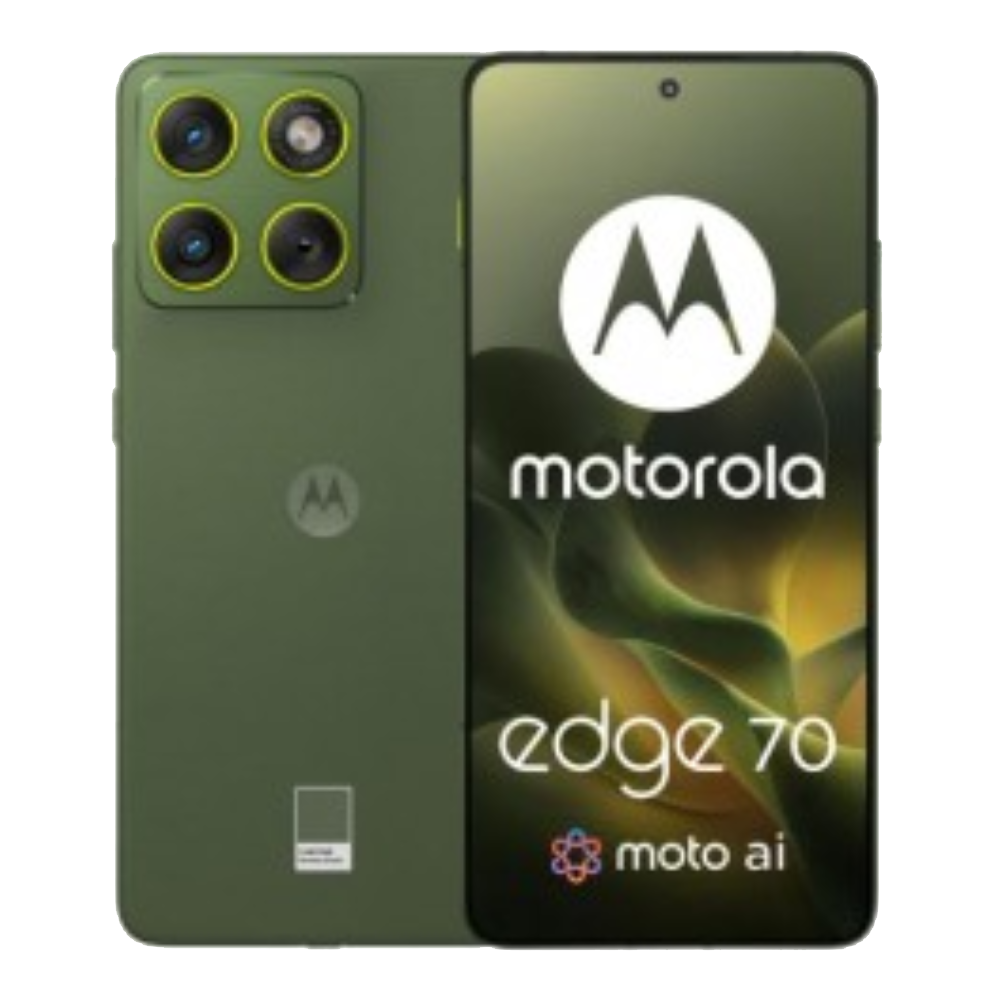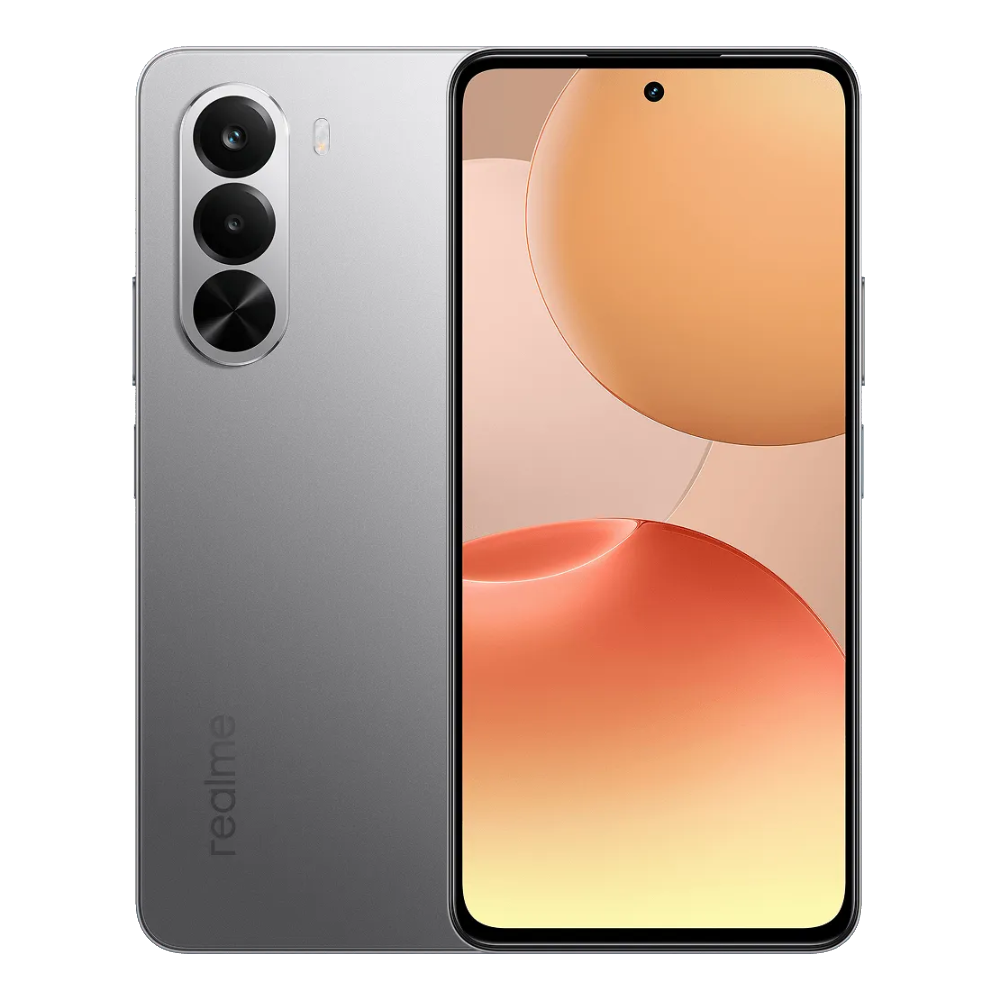MediaTek's budget chipsets power value-for-money smartphones in the market, and among all its offerings, the firm's 7000 series is the most popular. These chipsets offer the right blend of value and performance, offering snappy CPU and GPU performance. One of the popular chips in the series is the Dimensity 7400, which is found in phones like the Motorola Edge 60 Fusion and Infinix GT30. If you're wondering how it performs, we've benchmarked it extensively so that you can get an idea.
MediaTek Dimensity 7400 AnTuTu Score
AnTuTu Benchmark | Score |
|---|---|
Dimensity 7400 AnTuTu Score | 922,227 |
CPU | 329,972 |
GPU | 147,724 |
Memory | 155,228 |
UX | 289,303 |
On AnTuTu, the Dimensity 7400 delivers a good score of 922,227 points. With this, the performance falls between the Snapdragon 7 Gen 3 and Snapdragon 7 Gen 4, which scored 878,434 and 1,077,092, respectively. However, one important detail to note about the Dimensity 7400 is that it performs worse than the 7 Gen 3 and 7 Gen 4 in terms of GPU performance, so gamers should maintain their distance.
Its GPU performance somewhat limits the processor, but in areas such as CPU performance and User Experience, the 7400 manages to surpass even the higher-end Snapdragon 7 Gen 4. Not by a considerable margin, but still. Besides, the temperatures are well controlled, and the processor performs consistently with nearly no thermal throttling. More about that in a minute.
The Dimensity 7400 comes in two more variants, the Dimensity 7400X and Dimensity 7400 Ultra. The 7400X is made for foldable devices and is more optimised for the secondary cover display. However, its performance is similar to the standard 7400. As of writing this, only the Moto Razr 60 uses the Dimensity 7400X.
Phones like the Realme P4 and Motorola Edge 2025 use a slightly overclocked Dimensity 7400 Ultra. However, despite the faster clock speeds, their performance is largely the same. For starters, the Realme P4 in our testing scores 923,127 points, which is 1,000 points higher than the standard 7400, and falls within the margin of error.
MediaTek Dimensity 7400 Geekbench Score
Geekbench 6 CPU | MediaTek Dimensity 7400 |
|---|---|
Single-core | 1,092 |
Multi-core | 3,062 |
The Geekbench results reveal that the Dimensity 7400 struggles in single-core and fails to outperform even the older Snapdragon 7 Gen 3 chipset, scoring only 1,092 points. However, the multi-core scores are pretty much identical to Snapdragon 7 Gen 3's at 3,021 points.
Helping the Dimensity 7400 achieve these scores is an octa-core setup consisting of 4x Cortex-A78 cores clocked at 2.6GHz and 4x Cortex-A55 cores clocked at 2.0GHz. The bottom line is, it's not the best score as per 2025 standards, but it's not very bad either. However, it's much worse than the Snapdragon 7 Gen 4 or MediaTek's Dimensity 8350 SoC.
As for the overclocked Dimensity 7400 Ultra, it scored 1,085 points in single-core and 3,056 points in multi-core, still very much within the margin of error. Considering the Realme P4 has a larger 7,000mm2 vapour chamber than the Edge 60 Fusion, this comes as a surprise.
MediaTek Dimensity 7400 CPU Throttling Test
CPU Throttling Test | MediaTek Dimensity 9400 |
|---|---|
Maximum Score | 250,031 GIPS |
Average Score | 238,029 GIPS |
Minimum Score | 211,526 GIPS |
Throttling Percentage (Higher is better)7 | 90% |
The Dimensity 7400 holds up incredibly well, delivering 90% of its peak performance under extreme load. While Motorola didn't specify if the Edge 60 Fusion comes with a Vapour Chamber, the throttling tests do tell us that Motorola's cooling solution in the Edge 60 Fusion is quite effective.
MediaTek Dimensity 7400 3DMark Score
3DMark Wild Life Extreme Stress Test | MediaTek Dimensity 9400 |
|---|---|
Best Loop Score | 1,807 |
Lowest Loop Score | 1,793 |
Stability | 99.2% |
We ran the 3DMark Wild Life Extreme Stress test to evaluate the GPU performance of the Dimensity 7400, and its Arm Mali-G615 MC2 GPU performs decently well. While not the most powerful, it achieved a 99.2% stability score, which is rock-solid.
3DMark Steel Nomad, which evaluates the ray tracing performance of chipsets, confirms that the Dimensity 7400 is not cut for high-end gaming. The processor scores 672 points and attained an average frame rate of nearly 5 fps, which isn't great.
3DMark Steel Nomad Light | MediaTek Dimensity 7400 |
|---|---|
Overall Score | 672 |
Average FPS | 4.98 |
MediaTek Dimensity 7400 Speedometer 3.0 Score
Speedometer score gives us an idea about the processor's web browsing performance. In Speedometer 3.0 test, the Dimensity 7400 scores 9.28 points, which is on the lower side, but it's not concerning and won't really reflect during day-to-day browsing.
Benchmark Gallery
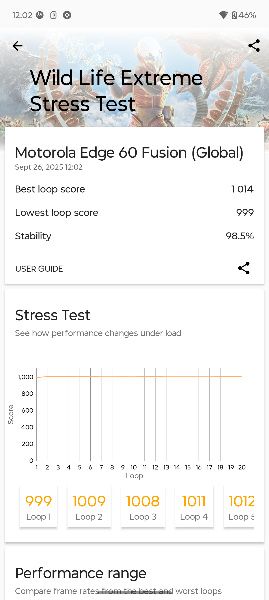
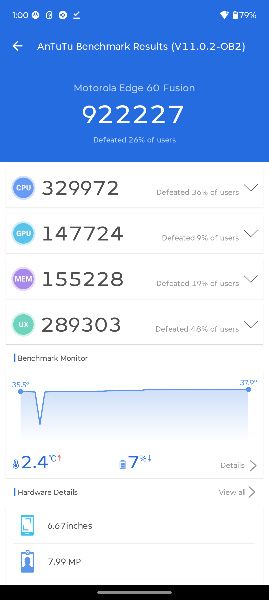
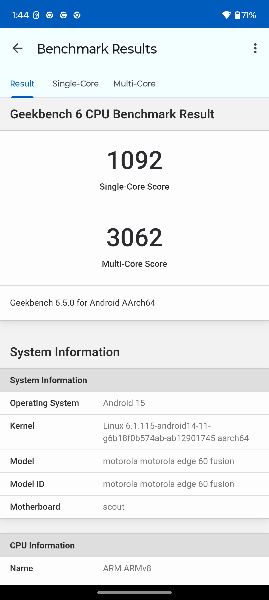
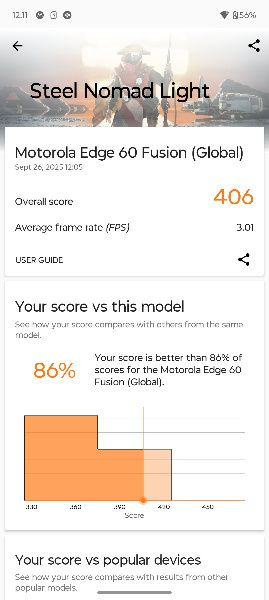
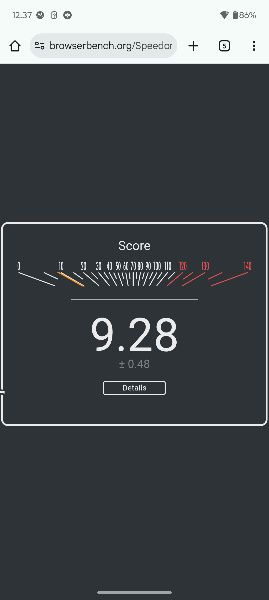
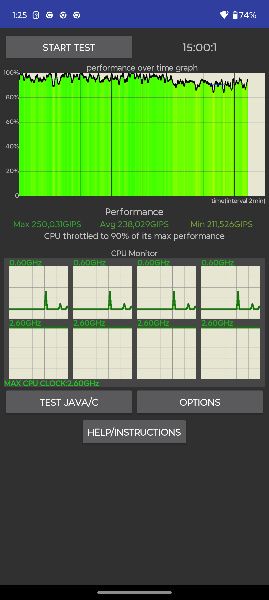
MediaTek Dimensity 7400 Specifications
Specs | MediaTek Dimensity 7400 |
|---|---|
Process Node | TSMC’s 4nm (N4) |
CPU | 8-core Arm Cortex CPU |
CPU Cores | 4x 2.6 GHz (Cortex-A78), 4x 2.0 GHz (Cortex-A55), 4x 2.40 GHz (Cortex-A720) |
GPU | Arm Mali-G615 MC2 |
Storage and Memory | UFS 3.1, LPDDR5 with 6400MHz bandwidth |
NPU | MediaTek NPU 6.0 |
ISP | Imagiq 950 ISP |
Modem | Release 16 Sub-6 5G Modem |
Connectivity | Wi-Fi 6E and Bluetooth 5.4 |
Verdict
While not the best mid-range processor in its segment, the MediaTek Dimensity 7400 gets a lot of things right, especially on the CPU side of things. However, it struggles to defeat even the two-year-old Snapdragon 7 Gen 3 when it comes to GPU performance.
That said, the processor could be a decent buy in a lower to mid-range device, but if you're after performance, there are better alternatives like the Snapdragon 7 Gen 4 or even the MediaTek Dimensity 8350.


